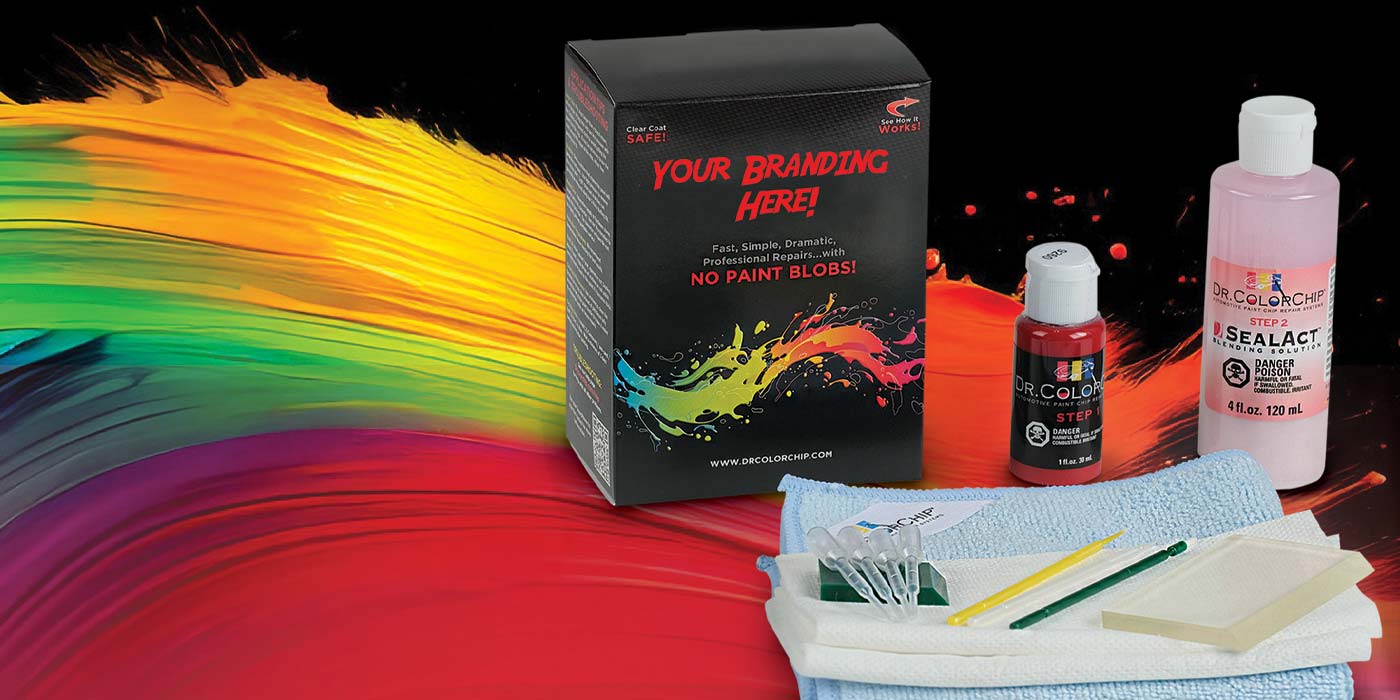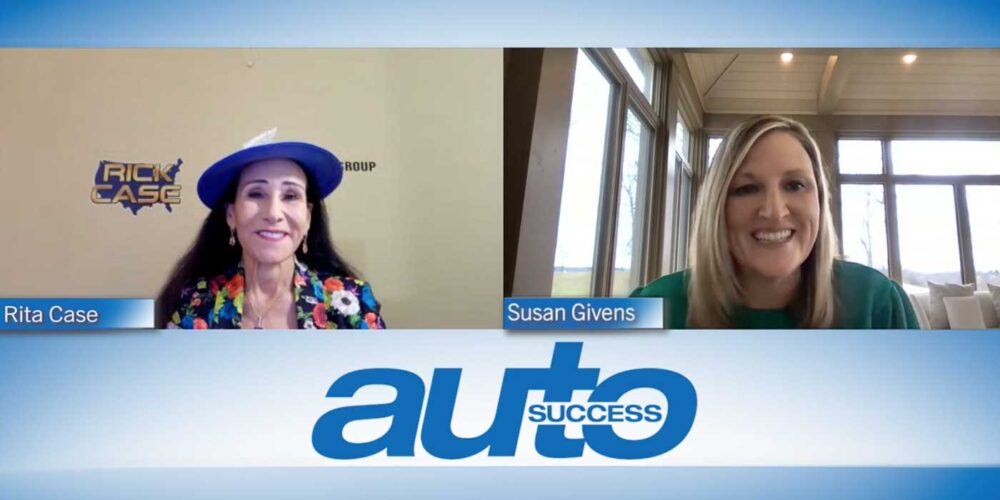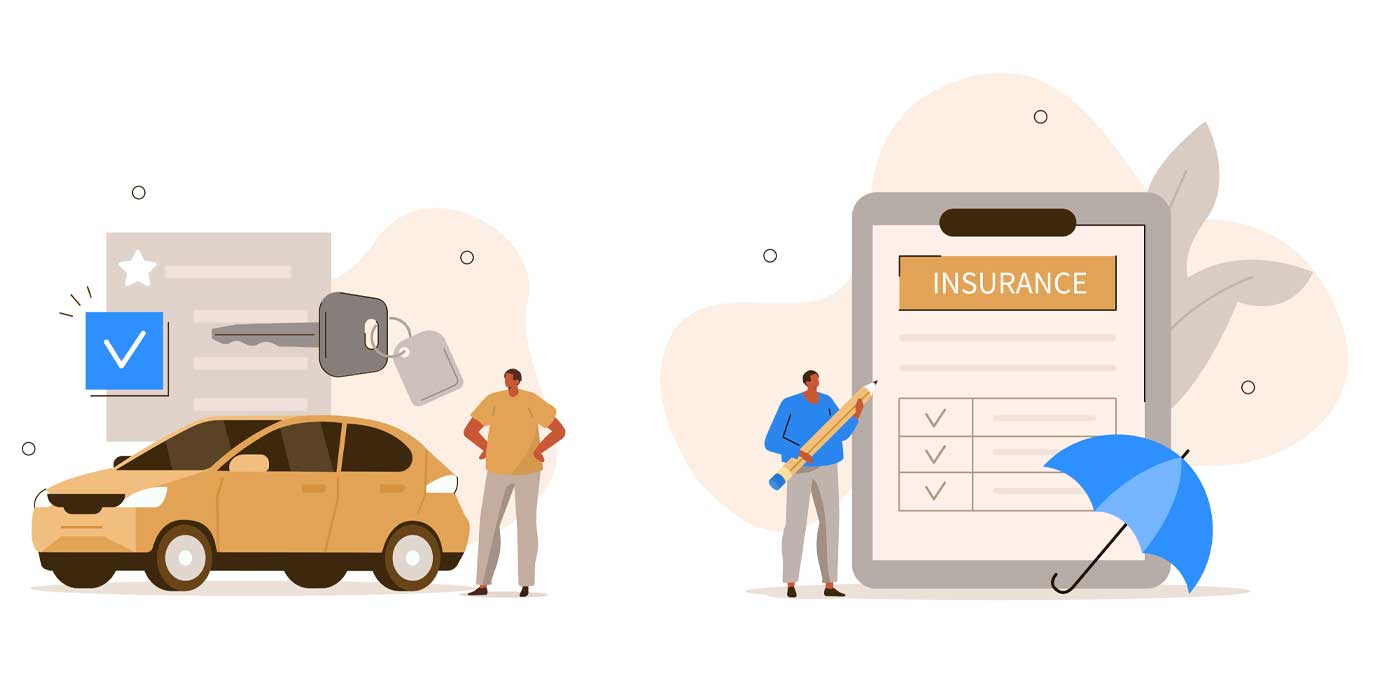It’s a good question. I was raised in my automotive beginnings to know that if the customer didn’t drive the car, management would not give approval to ask the customer to purchase. The big question is, why? What was so important about the test drive that, without it, it wasn’t even worth attempting to ask a customer about a purchasing decision?
In today’s virtual world, there are online auto retailers whose sales process is designed without a test drive prior to the customer deciding to do business with them. But is this really a successful practice?
The answer to the question, “What is so important about the test drive?” is rather obvious on pre-owned vehicles, since no two pre-owned vehicles are exactly the same and they have wear and tear that new vehicles do not. The big questions are how much wear, and has that wear affected the drivability of the vehicle?
On new vehicles, however, there is no wear and tear, and if anything is wrong with the vehicle, it comes with a warranty protecting it against factory defects. There are other factors, however, which center around whether the vehicle will meet the customer’s needs and have all the features they’re looking for in their next purchase.
Some of these factors can only be fully experienced by driving the vehicle: Things like adaptive cruise and automatic lane centering can only be experienced by driving the car. Plus, every vehicle performs differently with regard to acceleration, braking or driving over bumps. Some consumers have never driven an electric or fully autonomous vehicle, both of which are very different experiences. All these reasons are justification for a test drive, but the biggest reason — and one we sometimes forget — is that test driving the car ignites a customer’s emotions.
Emotions are the primary driver of almost every decision we make. Our desire is to gain, to avoid a loss or even to avoid some kind of pain (whether mental, physical or financial) that will affect our emotional state. When it comes to making a large purchase such as a vehicle, our emotions are front and center.
Many of the emotions related to a vehicle purchase are brought to life when test driving the car. The customer can hear the lack of road noise as they drive and feel how the vehicle handles in every move it makes. They can see the luxury and technology surrounding them, all with the purpose of enhancing their experience and ease of use. And let’s not forget about that new-car smell. Bottom line: Driving the vehicle has a big effect on the customer. This is an important part of the process, especially when the next step of the purchase introduces discussions around finances.
Sales is a lot like an emotional pendulum, with positive emotions in favor of the purchase and negative emotions that can halt decision making. The test drive is the strongest opportunity to build the customer’s positive emotions around the vehicle. This way, their positive feelings about the vehicle and why they chose it will be a stronger driving force than the thought process and sometimes negative emotions that come with introducing money to the conversation.
This brings back some old-school selling techniques dealers used to employ: spot deliveries, which involved having the customer sign a spot delivery agreement, sending them on their way and worrying about approval later. The problem is, this “test drive” actually implied that the customer had ownership of the vehicle. A spot delivery agreement is a written agreement providing the dealership with a certain amount of time to finalize the purchase. If the deal needs to be resigned (usually due to the bank not approving it) but the customer refuses the new terms and returns the vehicle, the spot delivery agreement typically provides compensation for the dealership for the use of their vehicle, along with provisions for handling any change in vehicle condition.
After the customer drove the vehicle around for a while, they might get a call from the dealership to resign some documents. At this point, obtaining signatures on the updated documents usually was not a problem, even if the terms of the loan changed. The emotional power of driving the vehicle and blending it with one’s daily life makes it difficult to give the vehicle back. Today, spot deliveries are frowned upon and not even legal in some states.
The test drive is a powerful tool to drive customer emotions, so how is it that online retailers like Carvana, Tesla and Vroom have picked up so much market share while removing the test drive? They didn’t. They actually found the test drive to be so important that they pushed it to the very end of their purchase process, much like a spot delivery. The difference here is that the spot delivery agreement is simply a return or exchange policy. After the customer agrees on the financial aspect of their purchase and the vehicle is shipped to their door, they have multiple days to drive the vehicle before ultimately deciding whether to keep or return it.
It’s clear that the test drive is still relevant and necessary in today’s industry. With prices going up and negotiations going down, many would agree that test drives have never been more important.














